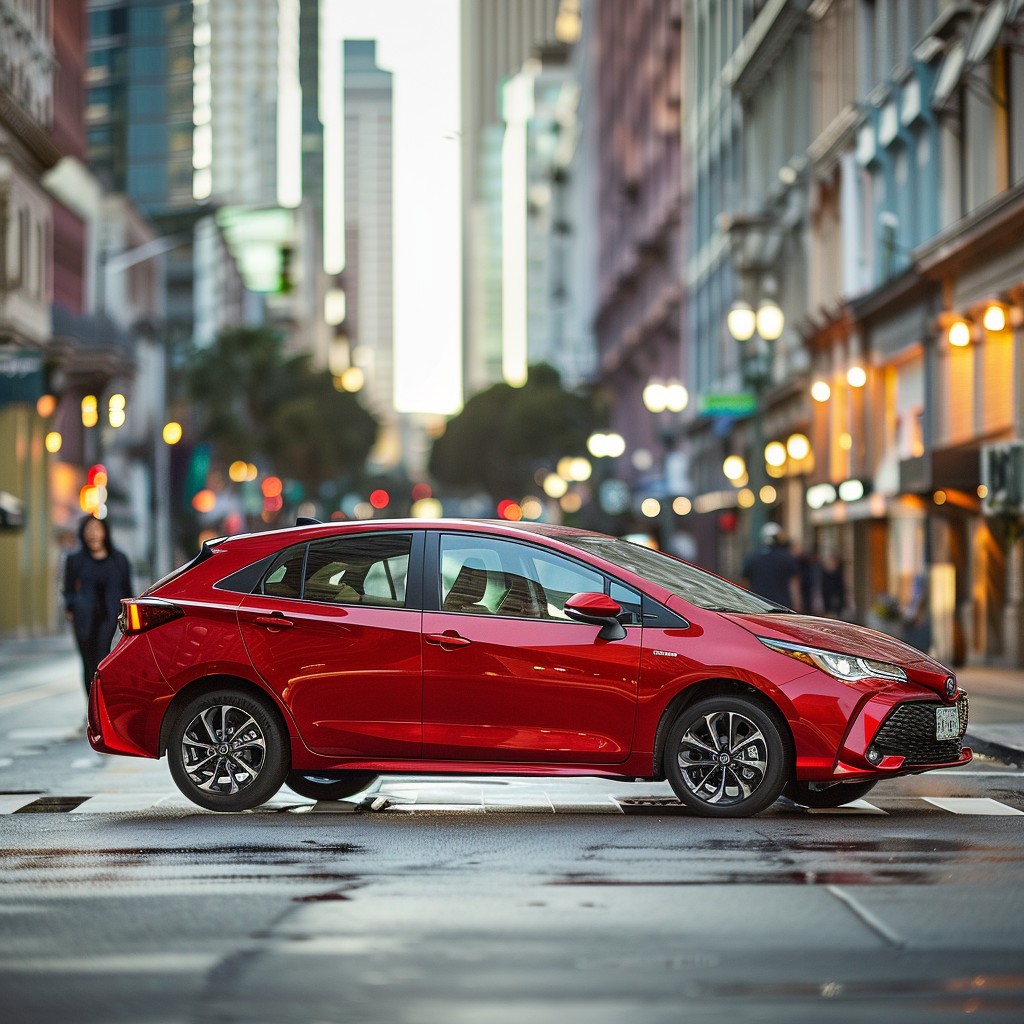There is something fascinating about the way car colors reflect both personal style and cultural shifts. A simple choice of paint can transform the same model from modest and practical to bold and attention-grabbing. This year, buyers are showing clear preferences that highlight how tastes are evolving, influenced by fashion, technology, and even the global mood.
Car color has always been more than an aesthetic decision. It often signals lifestyle, personality, and priorities. Families may choose colors that are easier to maintain, while younger buyers lean toward shades that feel modern and expressive. Automakers track these preferences closely because they shape production, marketing, and resale values. In today’s automotive market, certain shades are standing out as clear favorites among everyday drivers.
White continues to dominate as the most popular choice. Many people see it as timeless, clean, and versatile. It suits everything from compact sedans to large SUVs. White also reflects heat, which makes it a practical option in hotter climates. Beyond that, it signals a sense of simplicity that appeals to both first-time buyers and long-time drivers who want a no-fuss look. Resale value is another reason white stays on top, as neutral shades tend to attract a wide pool of second-hand buyers.
Black holds a strong position too, though for different reasons. It has an association with sophistication and authority. Drivers who want their vehicle to look sleek often gravitate toward black. It works particularly well on sedans and larger vehicles where it emphasizes the lines of the car. The drawback is that black shows dust and scratches easily, but that does little to affect its consistent demand year after year.
Gray and silver are seeing steady interest, especially among working professionals and families. These shades are valued for their balance between style and practicality. Gray in particular is gaining ground because it has a modern edge without being flashy. Silver, on the other hand, continues to project a sense of innovation and movement, likely due to its connection with technology and machinery. Both options hide dirt better than black and still maintain good resale prospects.
Blue is experiencing a strong year, especially in lighter and mid-tone variations. Buyers who want a bit more character without stepping into bold territory often choose blue. It conveys calmness, reliability, and a touch of individuality. Automakers are offering creative finishes such as metallic or pearl effects, which add depth to the color and make cars stand out on the road without overwhelming the eye. Blue has become a favored family car option because it feels approachable and stylish at the same time.
Red maintains its role as the choice for drivers who want energy and visibility. While not as widely chosen as neutrals, red carries a personality that resonates with buyers who see their car as more than just transport. It suggests confidence and fun, and it tends to stand out in traffic. Families may shy away from red for practical reasons, but younger professionals and enthusiasts keep it in demand.
A surprising trend this year is the rise of earthy tones. Shades like olive green, bronze, and muted browns are showing up more frequently. These colors connect to themes of nature, sustainability, and individuality. They appeal to buyers who want their cars to break away from the norm while still feeling grounded. Earthy tones also blend well with outdoor lifestyles, making them attractive to adventurous families and drivers who value weekend escapes.
Another subtle but growing option is beige or off-white. These colors were once considered old-fashioned but are gaining traction as retro styling becomes fashionable again. Paired with modern car designs, beige projects understated elegance. It is less likely to look dated because the soft shade adapts well to changes in trends.
For electric vehicles, brighter and more experimental shades are coming into play. Vibrant greens, oranges, and even purples are being chosen by buyers who want their eco-friendly cars to stand out as symbols of change. These colors may not dominate sales overall, but they represent a cultural shift where cars are not just functional but also expressions of values and innovation.
The choice of car color also has practical considerations. Some buyers weigh factors like how much a color shows dirt, how well it holds up under sun exposure, and how it impacts resale value. Light colors tend to resist heat and scratches better, while darker shades can make a car appear more refined but require more frequent cleaning.
This year’s trends highlight a blend of tradition and experimentation. White, black, gray, and silver continue to hold the top spots, but blue, red, earthy tones, and retro shades are creating more diversity on the roads. The rise of brighter colors in electric vehicles shows how new technologies are encouraging bolder expressions.
Ultimately, the popularity of car colors reflects more than style. It is a sign of how people see themselves and what they want their cars to represent. Whether practical, expressive, or innovative, the shades chosen this year show that color remains one of the most personal decisions a car buyer can make.


